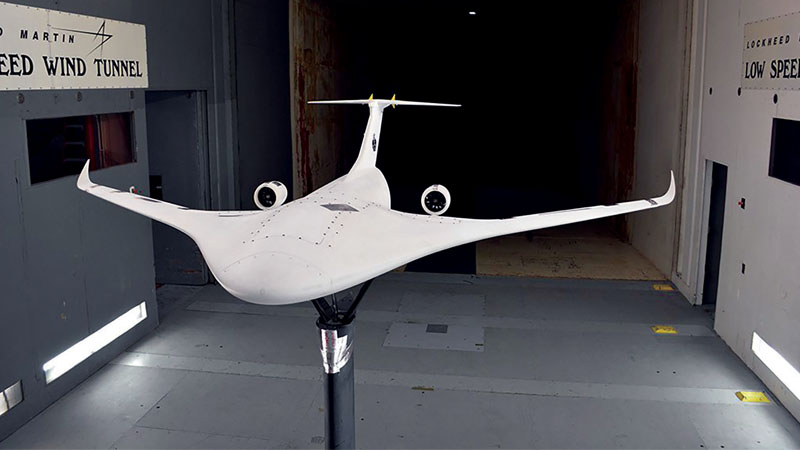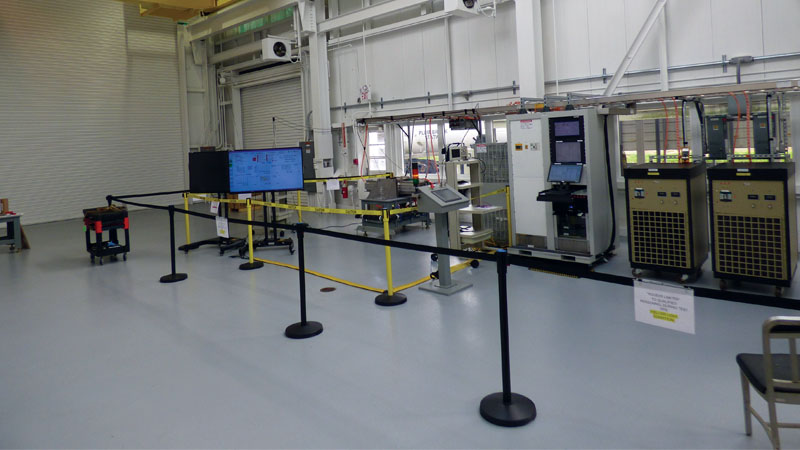New engine development on the rise, with liquid methane taking center stage
By Brandie L. Rhodes|December 2023
The Liquid Propulsion Technical Committee works to advance reaction propulsion engines employing liquid or gaseous propellants.
In July, an Ariane 5 lifted off from the Kourou Spaceport in French Guiana for the 117th and final time. The expendable design was the guarantor of Europe’s independent access to space for almost three decades. In preparation for the inaugural flight of an Ariane 6, scheduled for 2024, ArianeGroup fired the Vulcain 2.1 engine at the Kourou launch complex. Also in September, engineers from the German Aerospace Center, or DLR, the European Space Agency and ArianeGroup completed hot fire testing of the Ariane upper stage, which includes the Vinci engine and an auxiliary power unit, at the DLR site in Lampoldshausen, Germany.
SpaceX’s second fully stacked Starship-Super Heavy took to the skies in November. The flight ended early, but SpaceX achieved several objectives, including ignition of all engines and clearing the launch pad, plus booster and upper stage separation via a new hot-staging technique, in which the upper stage engines ignited while still connected to the booster.The Starship upper stage is powered by three gimballing, sea-level optimized engines and three fixed-vacuum-optimized full-flow staged-combustion-cycle engines, each powered by liquid oxygen and liquid methane.
In March, NASA selected Blue Origin’s National Team to provide the second human landing system for the Artemis program. The lander, which will carry astronauts for the Artemis V mission scheduled for 2029, will be powered by the BE-7, a deep throttling liquid oxygen/liquid hydrogen engine. Starting with Artemis V, NASA’s Space Launch System rockets will be powered by redesigned Aerojet Rocketdyne RS-25 engines. The updated engines will have simplified component designs that take advantage of 3D printing and other manufacturing advances. In June, a series of certifications tests were completed at NASA’s Stennis Space Center in Mississippi, in which an RS-25 was powered for eight minutes to represent how long the engines must operate during flight.
In June, United Launch Alliance test fired a Vulcan Centaur booster with two Blue Origin BE-4 engines. Vulcan’s inaugural flight, scheduled for December, will also be the first flight of these liquid oxygen and liquid methane engines.
In July, Sierra Space of Colorado won an U.S. Air Force contract of $22.6 million to continue the maturation of its VR35K-A advanced upper stage engine. The VR35K-A is a liquid oxygen/liquid hydrogen staged combustion cycle engine that produces 140 kilonewtons of thrust. The engine has a single-shaft turbo-pump assembly for simplified operation and mechanically coupled mixture ratio control.
In February, Dynetics of Alabama completed a full-scale combustion chamber test of its 35-kilonewton dual expander main engine at NASA’s Marshall Space Flight Center in Alabama and vacuum testing of its dual mode reaction control system thrusters. Dynetics further matured the technologies this year under a NASA Human Landing Systems Next Space Technologies for Exploration Partnerships-2 Appendix N contract.
German startup and launch service provider Rocket Factory Augsburg completed a full-duration hot-fire test of its Helix engine in June. This was the first time that a privately developed staged combustion upper stage had been successfully hot fired in Europe. The Exploration Co., another German space startup, tested its reusable and throttleable orbital bio-methane and oxygen full-scale thrust chamber on the P8 test bench in Lampoldshausen in July.
Liquid oxygen/liquid methane engine development also progressed in Italy and France. ArianeGroup completed the first test of the Prometheus engine in June, with a 12-second burn while integrated to the Themis first-stage demonstrator. Avio of Italy completed the first test of the M10/DM2 engine in August at the new Space Propulsion Test Facility in Sardinia. Also, in March, the Italian government awarded a 103.7-million-euro contract to Avio, initiating the development of an additional engine called HTE.
Contributors: Nathan Andrews, Colin Cowles, Christoph Kirchberger, Anne Lekeux, Scott Miller, Francesco Nasuti, Ken Philippart, Chip Sauer and Steve Shark



































